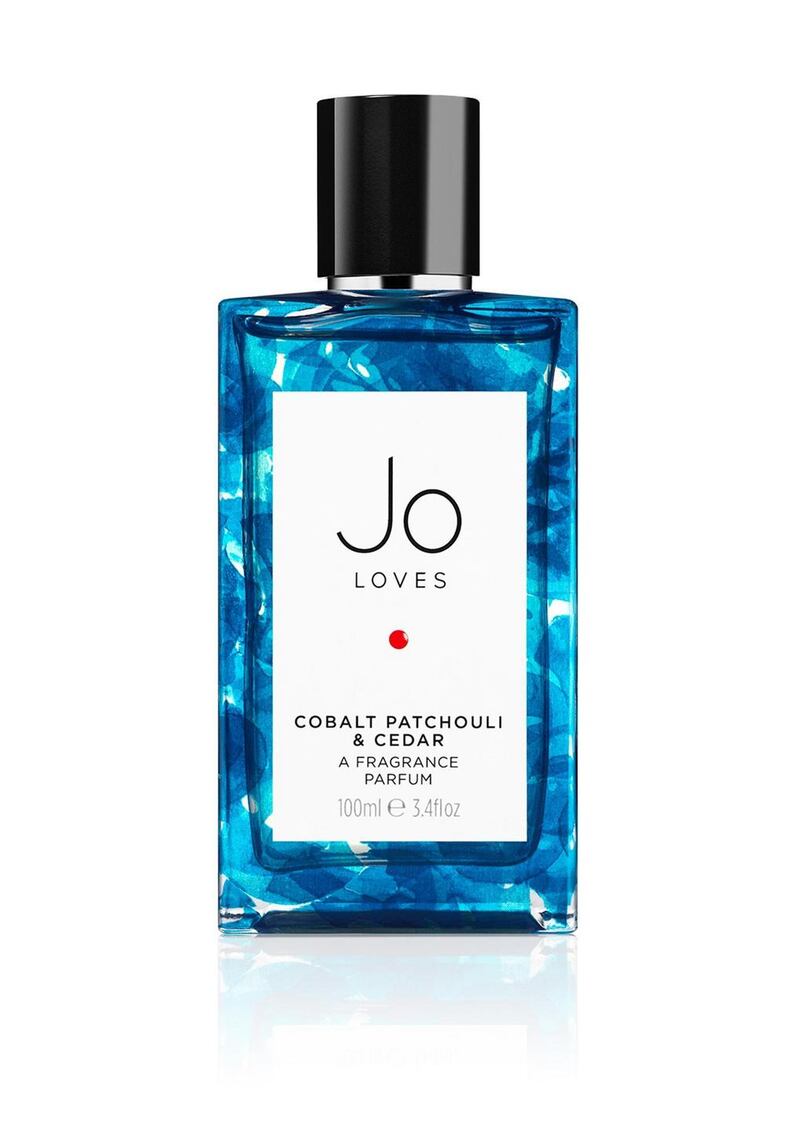On the first Saturday of every month, this page is dedicated to beauty problems with which readers struggle. It turns out that blush is a big anxiety trigger for many. They are either terrified of its potential to create the domed, rubicund face of their nightmares, or they find that no matter where they place it, it just looks wrong or patchy. As a result, it seems that a lot of you are not wearing blush.
This isn’t a problem unless you’re wearing foundation, in which case you’re flattening out your features without putting any dimension back into the face. This can create a sort of waxy, exsanguinated effect that mimics a rough dose of food poisoning playing out gradually over a long weekend.

I went to Irish make-up artist Lesley Keane, who has worked backstage at international fashion weeks for decades, and knows her blush. When choosing a shade, Keane says if you have "a pale, cool tone to your skin, I would stick with a cool blusher like a light pink. If somebody's more of a warm tone, I would go for more of a deep or coral shade. I love a red or burgundy blush tone on dark skin."
Keane says powders are better for evening, or when you want cheeks that won’t clash with a loud or glittery eye. “I tend to go for cream textures if I’m doing more of a daytime glowy look,” she advises. “I also use cream textures to add volume to the face… cream textures are an amazing way to add youthful glow.”

For a powder blush, you’ll need a clean, fluffy brush (brushes in need of a wash will drag the product patchily over the skin). If you’re using a glowing foundation, prep the cheek area for powder blush with a light dusting of face powder to prevent the blush catching and looking uneven. Cream is a friendlier option for a blush novice – just pat it on with clean fingers.
Keane advises keeping “your foundation brush handy with a little bit of product on it [basically what’s left after you’ve applied your foundation]. That way, you can go back in and blend out the blusher if you’ve over-applied.”

Of course, it’s easier to add than to take away, so Keane recommends applying blush last. That way, there will be no nasty surprises and it’s harder to throw the whole make-up off balance. Be careful with placement – “If you smile, you will see the voluminous part of your cheek forming. I tend to apply blush over the upper part of the ball of the cheek – the worst thing you can do is apply blusher too low because it can drag the face downward. Instead, blend it over the upper area and out toward the cheekbones and hairline, which gives a great lift to the face.”
Product of the Week

Jo Loves Cobalt Patchouli & Cedar Fragrance (€135 at spacenk.com)











